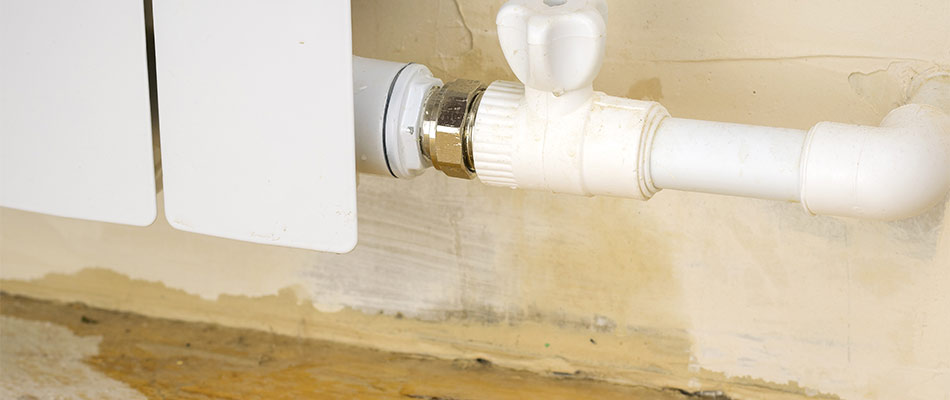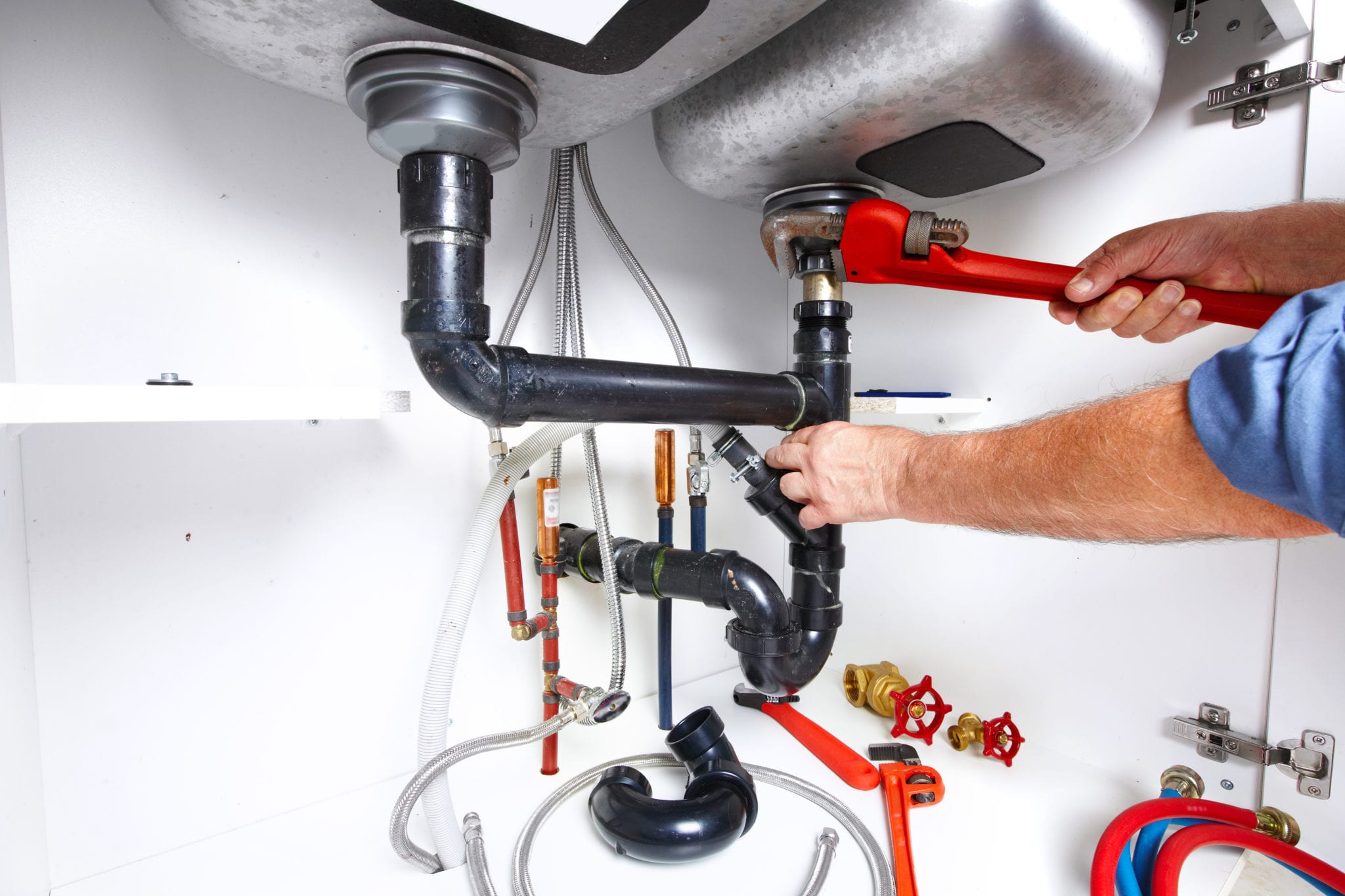Guide To Water Leak Detection In Your Home
Guide To Water Leak Detection In Your Home
Blog Article
Nearly everybody has got his or her own idea in relation to Leaking water lines.

Early discovery of dripping water lines can minimize a possible calamity. Besides saving you money, it will certainly lessen the stress and stress. The minute you discover a leakage, calling your plumber for fixings is the best solution. However, some small water leakages might not show up. If you can not spot it with your nude eyes, below are some hacks that aid.
1. Analyze the Water Meter
Every home has a water meter. Examining it is a surefire way that assists you discover leakages. For starters, switch off all the water resources. Make certain no person will flush, utilize the faucet, shower, run the washing maker or dishwasher. From there, most likely to the meter and watch if it will change. Since no person is using it, there need to be no movements. That indicates a fast-moving leakage if it moves. If you identify no changes, wait an hour or 2 as well as inspect back once more. This indicates you may have a sluggish leak that can also be below ground.
2. Examine Water Consumption
Evaluate your water costs as well as track your water usage. As the one paying it, you should discover if there are any kind of disparities. If you detect sudden changes, in spite of your usage being the same, it implies that you have leakages in your plumbing system. Bear in mind, your water expense must fall under the same variety every month. A sudden spike in your costs indicates a fast-moving leakage.
On the other hand, a constant rise on a monthly basis, despite having the same practices, reveals you have a slow-moving leak that's also gradually escalating. Call a plumber to completely inspect your home, particularly if you really feel a warm location on your floor with piping beneath.
3. Do a Food Coloring Test
When it comes to water consumption, 30% comes from commodes. Test to see if they are running appropriately. Decline flecks of food color in the storage tank and wait 10 minutes. If the color in some way infiltrates your dish throughout that time without flushing, there's a leakage between the tank and bowl.
4. Asses Exterior Lines
Don't fail to remember to examine your outside water lines too. Must water seep out of the connection, you have a loose rubber gasket. One small leak can squander bunches of water as well as spike your water expense.
5. Examine and Examine the Circumstance
Property owners ought to make it a practice to examine under the sink counters and also even inside cupboards for any kind of bad odor or mold and mildew development. These two red flags indicate a leakage so punctual focus is needed. Doing routine assessments, also bi-annually, can conserve you from a significant problem.
Much more significantly, if you know your home is currently old, maintain a watchful eye on your heaters, hoses, pipes etc. Check for discolorations as well as compromising as many pipes and home appliances have a life span. They will additionally normally degrade as a result of wear and tear. Don't wait for it to escalate if you think dripping water lines in your plumbing system. Call an expert plumber right now so you do not wind up with an awful mess in your house.
Early detection of leaking water lines can minimize a prospective calamity. Some small water leakages may not be noticeable. Examining it is a proven way that assists you find leakages. One little leakage can waste heaps of water and spike your water costs.
If you think leaking water lines in your plumbing system, do not wait for it to escalate.
WARNING SIGNS OF WATER LEAKAGE BEHIND THE WALL
PERSISTENT MUSTY ODORS
As water slowly drips from a leaky pipe inside the wall, flooring and sheetrock stay damp and develop an odor similar to wet cardboard. It generates a musty smell that can help you find hidden leaks.
MOLD IN UNUSUAL AREAS
Mold usually grows in wet areas like kitchens, baths and laundry rooms. If you spot the stuff on walls or baseboards in other rooms of the house, it’s a good indicator of undetected water leaks.
STAINS THAT GROW
When mold thrives around a leaky pipe, it sometimes takes hold on the inside surface of the affected wall. A growing stain on otherwise clean sheetrock is often your sign of a hidden plumbing problem.
PEELING OR BUBBLING WALLPAPER / PAINT
This clue is easy to miss in rooms that don’t get much use. When you see wallpaper separating along seams or paint bubbling or flaking off the wall, blame sheetrock that stays wet because of an undetected leak.
BUCKLED CEILINGS AND STAINED FLOORS
If ceilings or floors in bathrooms, kitchens or laundry areas develop structural problems, don’t rule out constant damp inside the walls. Wet sheetrock can affect adjacent framing, flooring and ceilings.
https://www.servicemasterbyzaba.com/blog/how-to-detect-water-leakage-in-walls/

We were shown that write-up on Locating water leaks through an acquaintance on a different web property. Enjoyed our review? Please share it. Help someone else check it out. We love reading our article about Top leak detection hacks.
Report this page